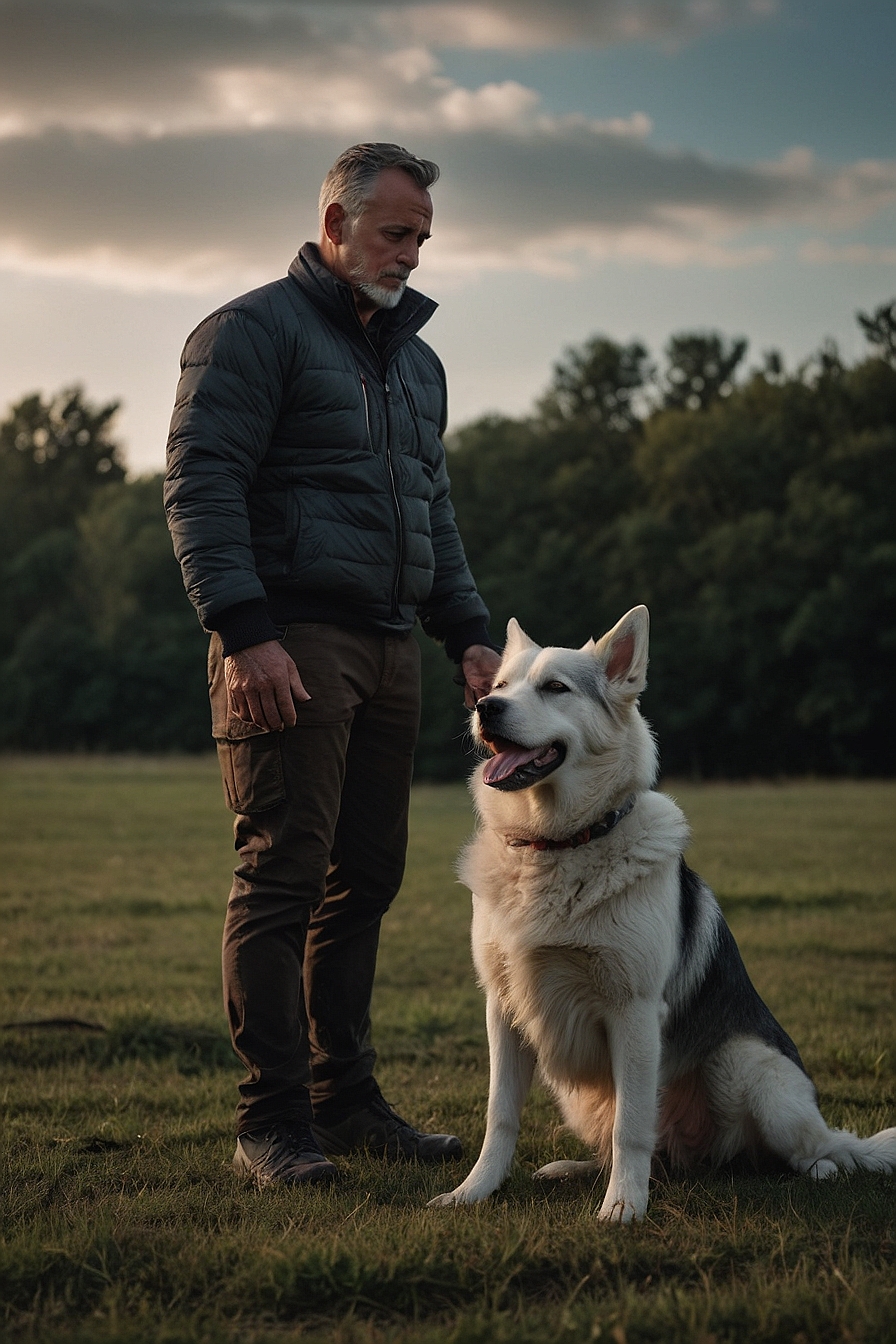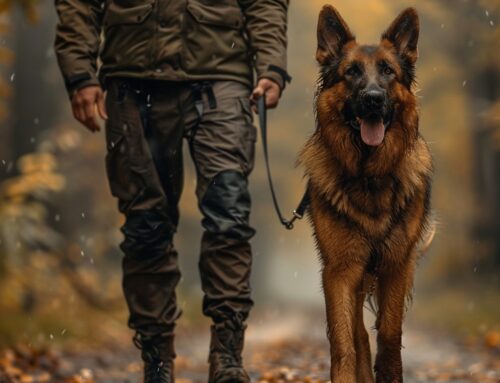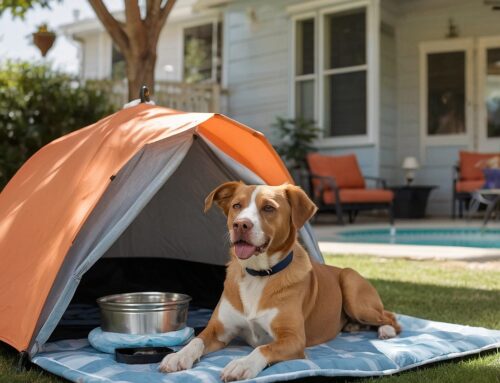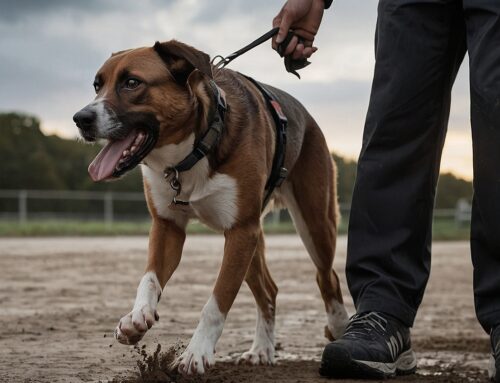Training a dog is not only a practical endeavor but also an enriching journey that strengthens the bond between you and your furry friend. It’s a journey marked by patience, understanding, and mutual trust, where both you and your dog learn and grow together. Among the fundamental commands that form the bedrock of obedience training are “sit” and “stay.” These commands are more than just commands; they are essential tools that provide safety, control, and communication in various situations.
Whether you’re teaching your adult dog to sit quietly at your side during a busy street crossing or asking your dog to stay put while you answer the door, mastering these commands ensures a harmonious and cooperative relationship between you and your canine companion. We’ll get into the intricacies of teaching your dog these vital commands, offering 10 of the best tips and strategies to help you navigate the training process with confidence and success. And also how seeking some extra help from a professional dog trainer will benefit you and your dog when you’re going along this journey.
Understanding the Basics in Dog Training
Before diving into sit and stay commands, it’s crucial to establish a foundation of basic obedience on this journey to a well trained dog. Commands like “come” and “down” lay the groundwork for more advanced training. By ensuring your dog comprehends these fundamental cues like the down position, you set the stage for success in teaching your dog sit and stay.
Basic obedience commands serve as the cornerstone of your dog’s training journey. They provide the framework upon which you can build additional skills and behaviors. For example, a strong recall command (e.g., “come”) is crucial for ensuring your dog’s safety and control, especially in off-leash environments or emergency situations. Similarly, teaching your dog to lie down on command (e.g., “down”) promotes relaxation and impulse control, making it easier to transition into the sit and stay commands, especially when you start puppy training.
Moreover, mastering basic obedience commands fosters a harmonious relationship between you and your dog. Clear communication and mutual trust are essential components of any successful training regimen. When your dog understands and responds reliably to basic cues, it strengthens the bond between you and enhances cooperation and teamwork. Additionally, consistent reinforcement of these commands instills a sense of predictability and structure in your dog’s daily routine, promoting overall well-being and confidence in many dogs.
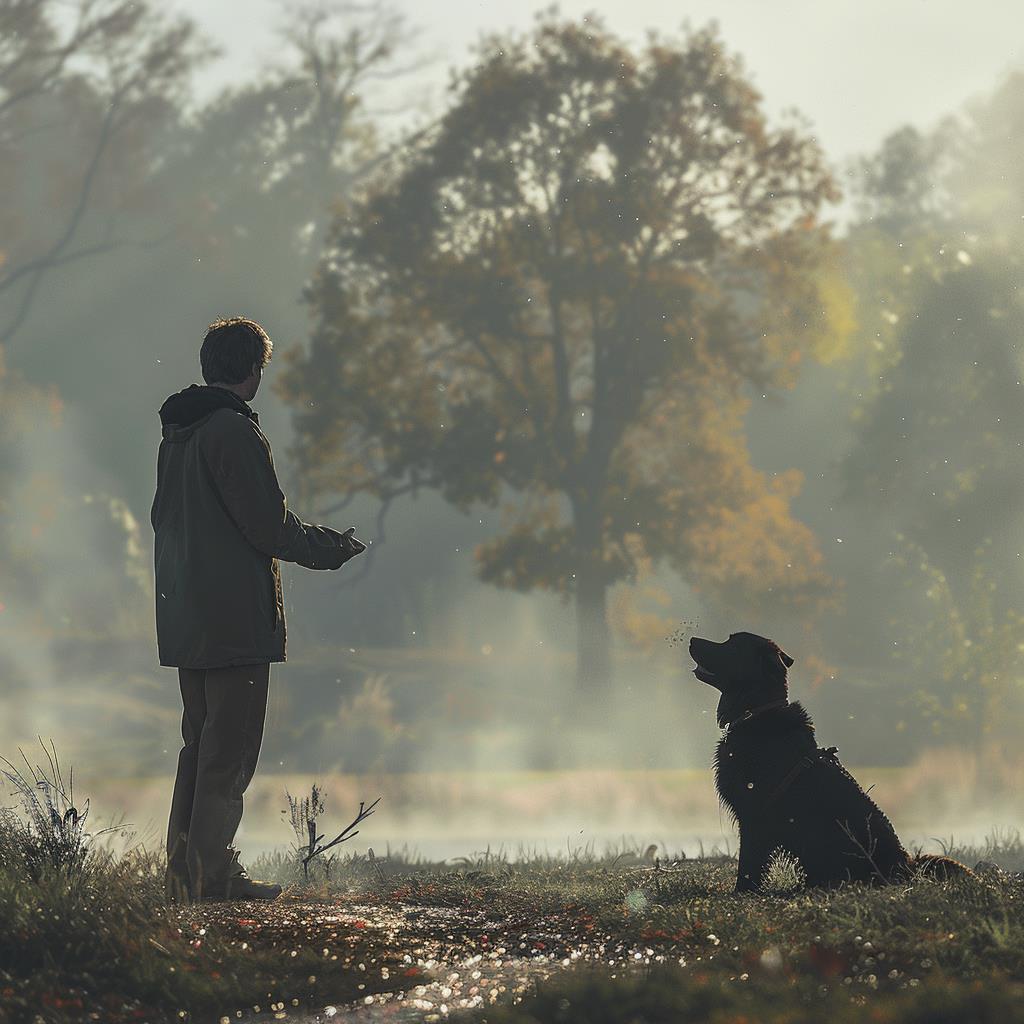
1. Positive Reinforcement
Positive reinforcement is a cornerstone of effective dog training. When your dog exhibits the desired behavior, reward them promptly with treats, praise, or toys. This positive feedback reinforces the behavior, making it more likely to recur in the future. Incorporating rewards into your training sessions fosters a positive learning experience for your dog to learn or correct behavior.
Choose treats that are especially enticing for your dog during training sessions. High-value treats like cooking a small piece of chicken, some cheese or their known favorite treat can motivate your dog to follow commands more eagerly and easily. Reserve these special treats exclusively for training purposes to maintain their appeal.
This reinforcement mechanism operates on the principle of operant conditioning, where behaviors that are followed by pleasant consequences are more likely to be repeated in the future. When your dog learns that the sit position or when your dog stays on command leads to tasty treats or enthusiastic praise, they become motivated to repeat those behaviors willingly. Positive reinforcement fosters a positive learning experience for your dog, making training sessions enjoyable and engaging for all. It strengthens the bond between you and your furry friend, creating a partnership built on trust, cooperation, and mutual respect.
2. Optimal Training Environment
Choosing the right environment for training is crucial. Start in a quiet, distraction-free area where your dog can focus on the task at hand. Minimizing distractions during training sessions helps your dog concentrate and facilitates quicker learning in the beginning.
And then once you’ve made some progress and ready to take it to the next level, you’ll want to start varying the training environment. This helps generalize the sit and stay commands across different settings. Practice in various locations, such as indoors, outdoors, or in public spaces like a dog park, to expose your dog to different distractions and challenges. This versatility strengthens their obedience in real-world situations.

3. Break It Down
Breaking down the training process into manageable steps is key to success. Begin by teaching your dog to sit before introducing the stay command. Start with short durations for both commands, gradually increasing the time as your dog becomes more proficient. By taking small, incremental steps, you build your dog’s confidence and understanding.
Once your dog masters the basics of sitting and staying, gradually increase the duration and distance of the commands. Start by asking for a longer sit or stay duration, then gradually move farther away from your dog before you use the release word releasing them from the command. This progressive approach builds your dog’s confidence and reliability in obeying commands. This break down for your dog helps the training progress and move to more advanced trainings.
4. Use Verbal Corrections
In addition to positive reinforcement, incorporate verbal corrections when necessary. If your dog starts to break the sit stay command prematurely, make eye contact and calmly say “uh-uh” or “no” to indicate disapproval. Follow up with a redirection to the correct position and then reward your dog for compliance.
This approach helps your dog learn from their mistakes and reinforces the desired behavior, ultimately leading to improved obedience and responsiveness. Consistency in using verbal corrections alongside positive reinforcement ensures clear communication and fosters a balanced training approach that promotes long-term success in mastering sit and stay commands.
5. Incorporate Hand Signals
In addition to verbal cues, incorporating a hand signal can enhance your dog’s understanding of commands. For example, raising your hand palm-up can signal “stay” so your dog stops where they are. Using both verbal and visual cues provides clarity for your dog and reinforces the desired behavior.
This combination of verbal and visual cues offers clarity and consistency, helping your dog grasp the command more effectively. Hand signals can be particularly useful in situations where verbal communication may be challenging, such as in noisy environments or when your dog is at a distance. Consistently using hand signals alongside verbal cues in your training sessions establishes a clear and comprehensive communication system that enhances your dog’s obedience and responsiveness to commands.
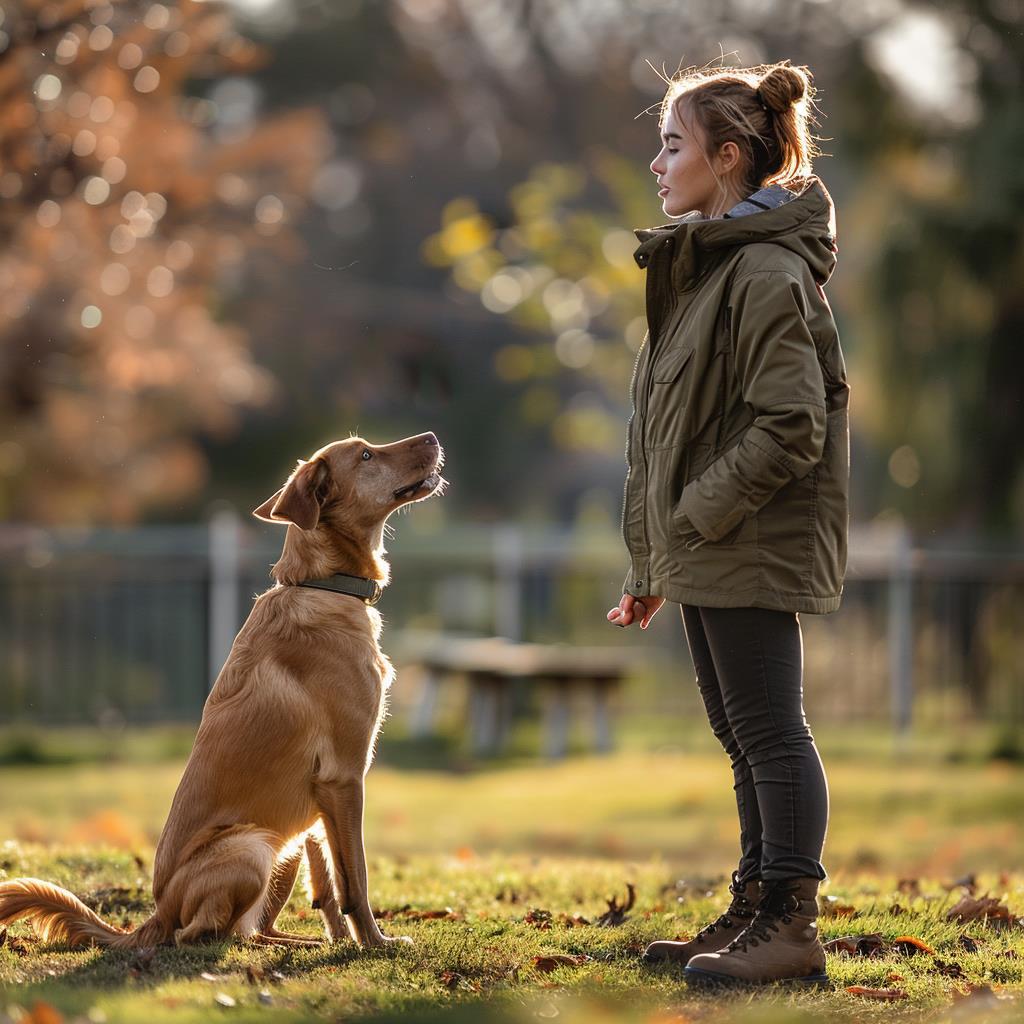
6. Consistent Cue
Consistency is important when teaching commands to your dog. Select a verbal cue, such as “sit” or “stay,” and use it consistently every time you want your dog to perform the action. Pairing the cue with the desired behavior helps your dog associate the command with the action.
Consistency in timing is key when training your dog. Ensure that you praise or reward your dog immediately after they perform the desired behavior. This immediate reinforcement helps your dog understand which actions lead to positive outcomes, reinforcing the sit and stay commands.
And on top of this, you’ll want to teach your dog a release cue, such as “okay” or “free,” to indicate when they are allowed to move from the sit or stay position. Consistently using a release cue helps your dog understand when they can relax and prevents confusion about when to maintain the command.
7. Patience and Calmness
Patience and calmness are essential virtues in dog training. Dogs respond best to positive, patient guidance. If frustration arises during training, take a step back, breathe, and approach the session with a calm demeanor. Baby steps is best when first starting out on this training journey. Maintaining a positive attitude fosters a productive learning environment for you and your dog.
By maintaining a positive attitude and remaining patient, you create a supportive and productive learning environment for both you and your furry companion. Remember that every dog learns at their own pace, and setbacks are a natural part of the training process. Approach each session with a mindset of understanding and encouragement, and celebrate even the smallest victories along the way. This approach not only fosters a stronger bond between you and your dog but also ensures that training remains an enjoyable and rewarding experience for both of you.
8. Regular Practice
Regular practice is the foundation of successful dog training. Consistency is key to reinforcing the commands and solidifying your dog’s understanding of sit and stay. Aim for multiple short training sessions throughout the day rather than one lengthy session. By breaking up training into smaller, more manageable segments, you can keep your dog engaged and focused, preventing boredom or fatigue.
Repetition is crucial for your dog to retain the commands and build muscle memory. With each repetition, your dog becomes more proficient in executing sit and stay commands reliably. Regular practice allows you to gradually increase the difficulty level, introducing distractions and challenges to further reinforce your dog’s obedience. By making training a part of your daily routine, you’ll not only improve your dog’s behavior but also strengthen the bond between you and your furry companion.
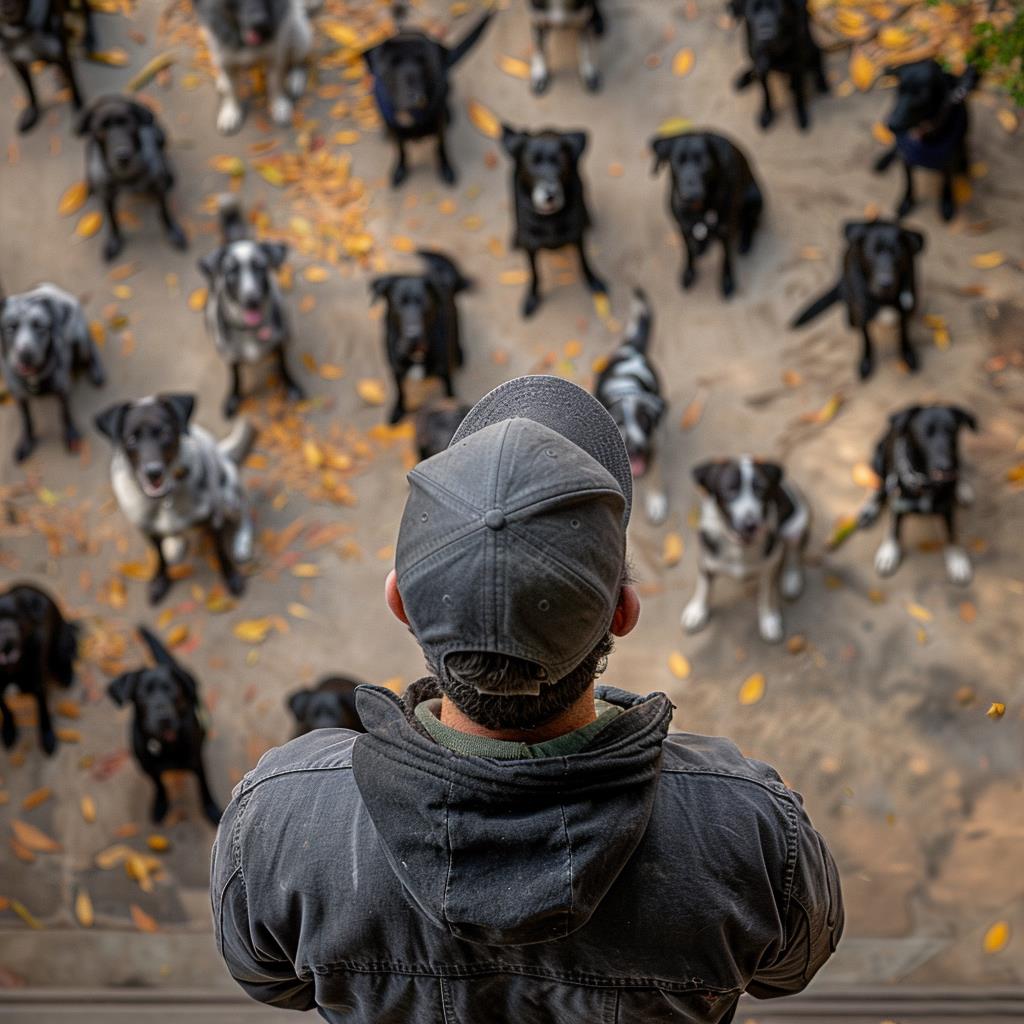
9. Gradual Exposure to Distractions
As your dog progresses in training, gradually introduce distractions to test their obedience. Start with mild distractions and gradually increase the level of challenge. Exposing your dog to various distractions helps generalize the commands across different environments and situations.
Introduce distractions gradually during training sessions to challenge your dog’s focus and obedience. Start with mild distractions, such as gentle noises or toys, and gradually increase the level of difficulty as your dog progresses. Start with a few seconds of them remaining in the command and gradually bring it up to a few more seconds as you bring in distractions. Teaching your dog to remain focused despite distractions strengthens their impulse control and reliability.
10. End on a Positive Note
Always conclude training sessions on a positive note, regardless of progress. Celebrate your dog’s achievements, no matter how small, and offer praise and rewards for their efforts. Ending each training session on a positive note is essential for maintaining your dog’s motivation and enthusiasm for learning.
Offering praise, affection, and rewards, such as treats or playtime, helps reinforce the desired behavior and encourages your dog to continue putting in effort. This positive reinforcement creates a sense of accomplishment and satisfaction for your dog, strengthening their motivation to engage in future training sessions eagerly. Ending on a positive note fosters a positive association with training, making it an enjoyable experience for your dog. By consistently acknowledging and celebrating your dog’s successes, no matter how small, you nurture their confidence and willingness to learn, ultimately paving the way for continued progress and success in mastering sit and stay commands.
And above all, be patient and persistent throughout the training process. Every dog learns at their own pace, and setbacks are a natural part of the learning journey. Celebrate small victories, remain consistent in your approach, and trust in your dog’s ability to learn and grow over time as each dog is different and have their own personalities and learning curves.
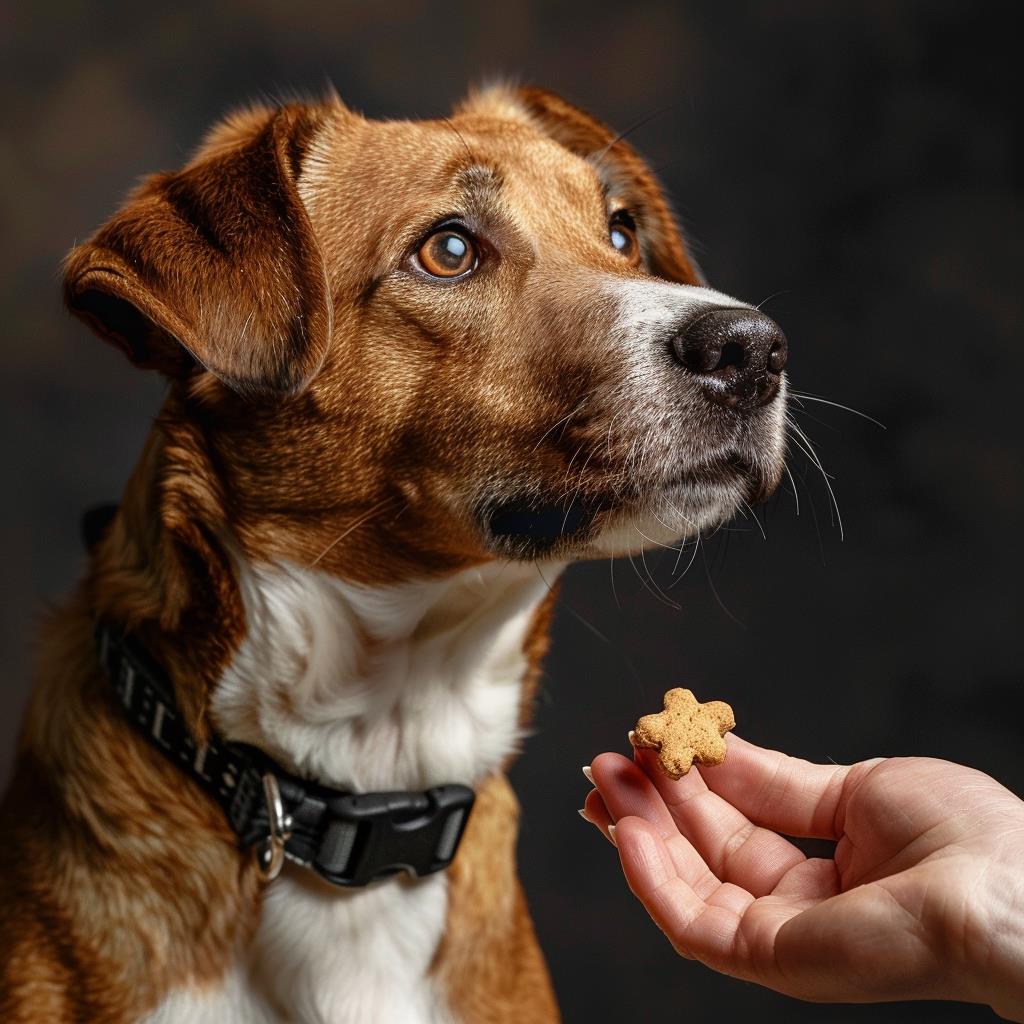
Seek a Certified Professional Dog Trainer
Teaching your dog to sit and stay commands requires dedication, patience, and a strategic approach. By implementing these tips, you can effectively communicate with your dog and cultivate obedience and trust. Remember to prioritize positive reinforcement, consistency, and gradual progression in your training efforts of how to teach a dog to sit and stay. With perseverance and commitment, you’ll witness your dog master these essential commands and become a well-behaved companion for life.
And with mastering sit and stay commands you’ll be in a rewarding endeavor that strengthens the bond between you and your dog while enhancing safety and control. Through patience, consistency, and positive reinforcement, you can teach these essential commands effectively. However, for some dog owners, professional assistance may be beneficial.
Performance K9 Training and Boarding offers a comprehensive 2-week board and train Basic Behavior Modification program designed to help dog owners address various training needs, including sit and stay commands. Their team of experienced trainers utilizes proven methods to instill obedience and improve behavior. By enrolling your dog in their program, you can receive personalized guidance and support to ensure success in training.
To explore how Performance K9 Training and Boarding can help you and your dog, schedule a free consultation today. Their experts will assess your dog’s needs and determine if their program is the right fit. Take the first step towards a well-behaved and obedient companion by contacting Performance K9 Training and Boarding for your free consultation today. Your furry family member will be happy to get that extra touch of care when they’re going through their training journey.



